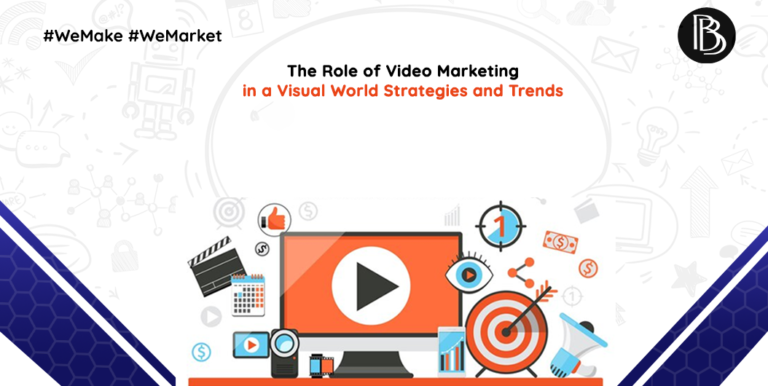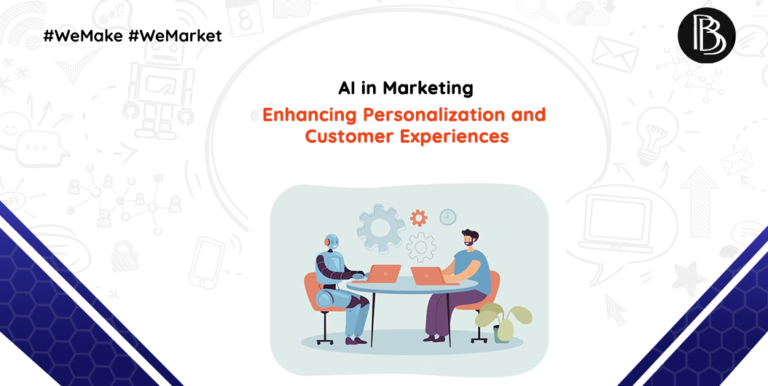7 Best Digital Marketing Strategies for the Education Industry
According to the Simpson-Scarborough Survey, universities now spend between $429 to $623 on marketing per student enrolled. In order for digital marketing to be viewed as a revenue driver and not a cost center, education leaders should identify the digital marketing strategies that will best grow enrollment and retention. Here are the top 5 digital marketing strategies for the education industry, curated by our digital marketing agency for the education industry. Attract top leads, boost enrollment, and engage students for optimal results.
In this article, we’ll explore why the education industry needs digital marketing and highlight seven of the best strategies to implement.
Why Does the Education Industry Need Digital Marketing?

- Increased Competition: With the rise of online learning platforms and the globalization of education, institutions face fierce competition. Digital marketing helps them stand out in a crowded marketplace.
- Changing Consumer Behavior: Prospective students and their parents are increasingly turning to the internet to research educational options. A strong online presence is essential for reaching and influencing these audiences.
- Cost-Effectiveness: Compared to traditional marketing methods, digital marketing offers a more cost-effective way to reach a targeted audience. This is especially important for educational institutions with limited marketing budgets.
- Measurable Results: Digital marketing allows institutions to track and measure the effectiveness of their campaigns in real-time. This data-driven approach enables them to optimize their strategies for better results.
- Global Reach: Through digital marketing channels such as social media and search engines, educational institutions can reach a global audience of prospective students, breaking down geographical barriers.
- Enhanced Engagement: Digital marketing enables institutions to engage with students and parents through various channels, including social media, email, and content marketing. This helps build relationships and foster trust.
- Adaptation to Technological Trends: By embracing digital marketing, educational institutions demonstrate their willingness to adapt to technological trends, which is essential in today’s digital age.
Now that we’ve covered why digital marketing is crucial for the education industry, let’s dive into the seven best strategies to implement:
7 Best Digital Marketing Strategies for Education

Search Engine Optimization (SEO):
Optimizing your website for search engines is essential for improving visibility and attracting organic traffic. Focus on keywords relevant to your educational programs and create high-quality, informative content to rank higher in search engine results.
Content Marketing:
Develop a content strategy that showcases your institution’s expertise and highlights its unique selling points. Create blog posts, articles, videos, and other content that provides value to your target audience and positions your institution as a thought leader in the education industry.
Social Media Marketing:
Leverage social media platforms such as Facebook, Instagram, LinkedIn, and Twitter to engage with prospective students and parents. Share updates about your programs, student achievements, campus events, and other relevant content to build brand awareness and foster community.
Email Marketing:
Build an email list of prospective students, parents, alumni, and other stakeholders, and send targeted email campaigns to nurture leads and keep them informed about your institution. Personalize your emails based on recipients’ interests and preferences to increase engagement and conversion rates.
Pay-Per-Click (PPC) Advertising:
Use PPC advertising platforms like Google Ads and social media ads to target specific demographics, geographic locations, and interests. Create compelling ad copy and landing pages to drive traffic to your website and generate leads.
Influencer Marketing:
Collaborate with influencers, such as students, alumni, faculty members, and industry experts, to promote your institution on social media and other digital channels. Their endorsements can help increase brand credibility and reach a wider audience.
Analytics and Optimization:
Continuously monitor and analyze the performance of your digital marketing campaigns using tools like Google Analytics. Identify areas for improvement and optimize your strategies based on data insights to achieve better results over time.
In conclusion, digital marketing plays a crucial role in helping educational institutions attract students, engage with stakeholders, and stay competitive in today’s digital age. By implementing the seven strategies outlined above, institutions can effectively reach their target audience, drive enrollment, and achieve their marketing objectives.







